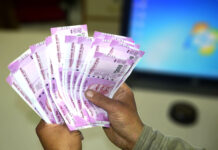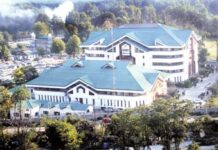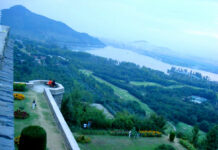For most of the human history, the first person outside the family who would know everything about a member of the family was a doctor, a Hakeem earlier. Nobody, not even kings, would hide anything from their physicians. But the doctor’s turf has been encroached upon. Now, a banker is pretty closer to an individual, perhaps more closer and frequent than a doctor ever could be. In fact, doctors now require seeking inputs from an individual’s banker to make sure his next course of action.
The situation is not changing. It has changed already. Banks and financial institutions are the new VIPs in every individual’s life. From securing the savings, insuring the assets and managing the liabilities, it is now a professional job. In the new transparency that plastic money and the IT has created, they are the first to know what we purchase and how we purchase. They are aware of our talking time on cell phone and consumption of electricity and bandwidth in our homes. Bankers know almost everything about the new generation. People may have digital traces around but the bulk of the footprints are stored with the banks which manage our money. As the governments are gradually rolling out services through IT and passing the concessions and subsidies to our bank accounts, banks are expected to be more aware of our economic well being in coming days.
Individual levels apart, the banks are now playing a pivotal role in the economic policy implementation and the development of societies. Days of equity being the focus are gone. With policies encouraging leveraging of whatever is left in the family cupboard, debts are playing a bigger trick than ever. No government has a developmental activity without debts making part of the funding. From energy to health, rail to roads, education is emerging the new destination.
For a place like J&K, banks are gradually becoming more important because of the apparent narrow resource base, remoteness from the market and capacity of instability playing with the markets. J&K has almost Rs 80,000 crore in the banks operating with the state. But it still lacks the capacity to absorb even half of this as credit.
This issue examines various facets of the operations of the banks, identifies the grey areas, indicates the possibilities and hopes the sector does what it has been doing elsewhere.
We are keenly waiting for the response to this special edition for which Kashmir Life newsroom literally did not sleep this past week.














